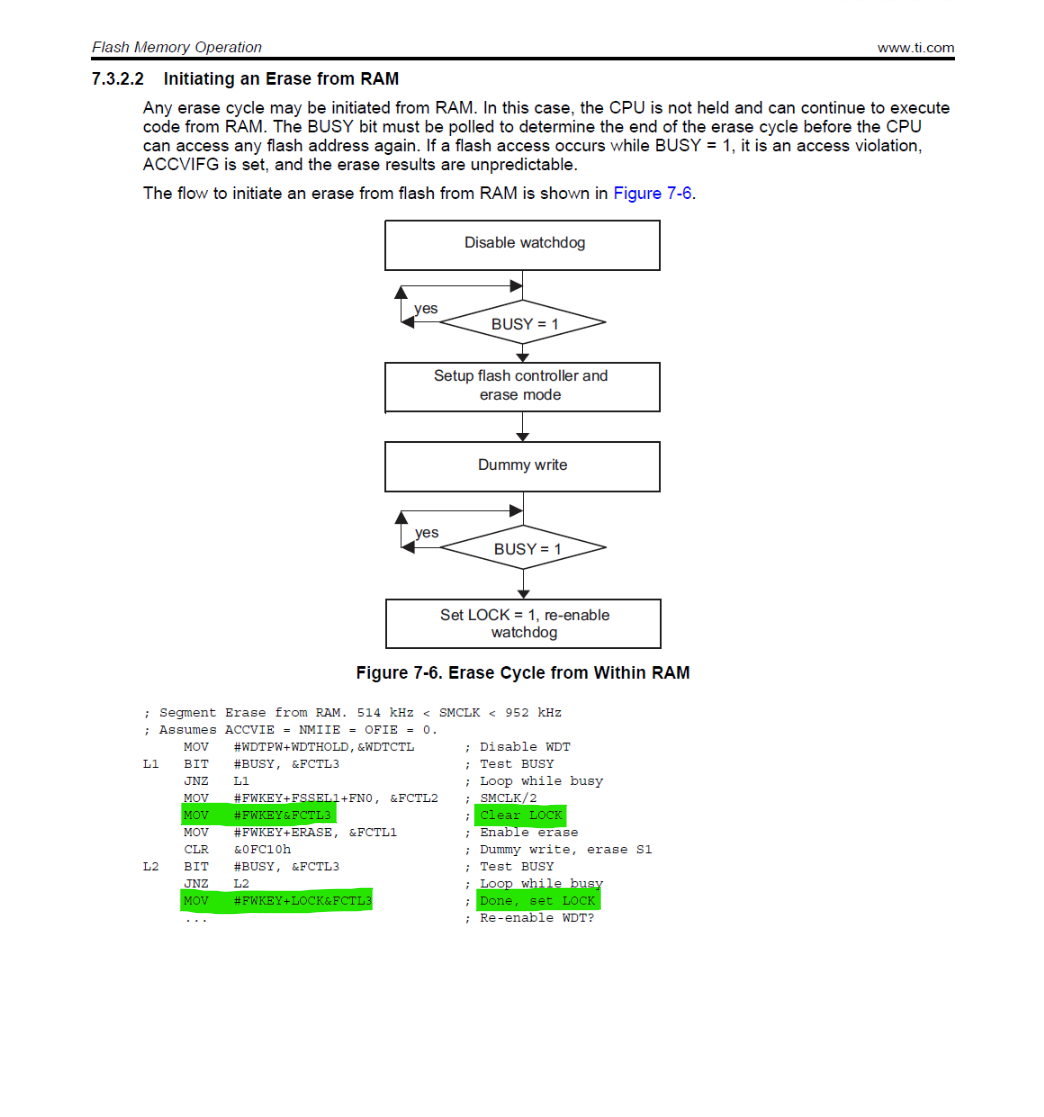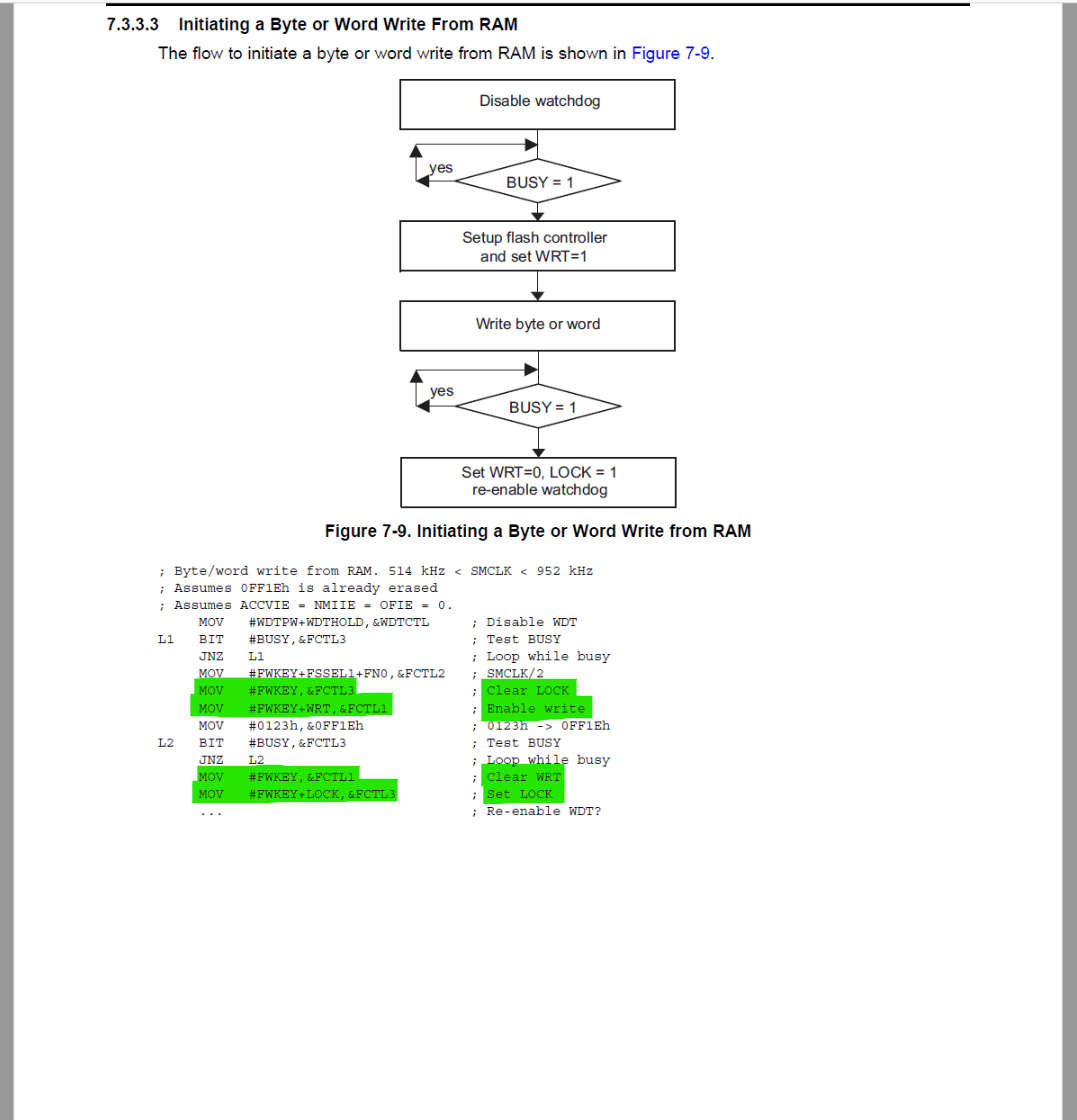Goog Morning TI community!
Today I have a question about programming FLASH memory's MSP430 processors.
I use some segments of the Info Memory as EEPROM to store data, so I write on it several times during the execution of my code.
In your opinion is it possible that the writing operation on the Info Memory' segments goes to modify the protection bit of the FLASH program memory, so that the FLASH is no longer protect?
In this case I think the best way to take action is to introduce an external EEPROM so that I woldn't have any troubles with the FLASH memory.
What's your opinion? I really appreciate any answer and advice to this question.
My Best Regards,
Maria Angela



